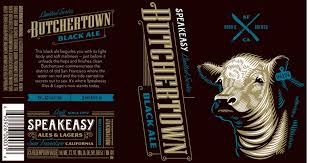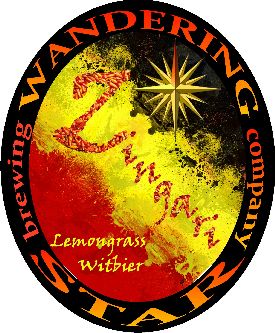BROOKLYN BLACK OPS STOUT
Easygoing relaxant stays smoothly soft-tongued as oaken vanilla and dark chocolate seep into soothing bourbon warmth of wood-barreled Imperial Stout. Carbolic champagne yeast prickle yields burgundy-port undertones affecting black cherry, raisin, prune and blackberry tartness as well as subtle hazelnut-almond conflux. Dark-roasted stove-burnt coffee spell deepens complexity of 2011-brewed 10.7% alcohol mocha-bound digestif.





